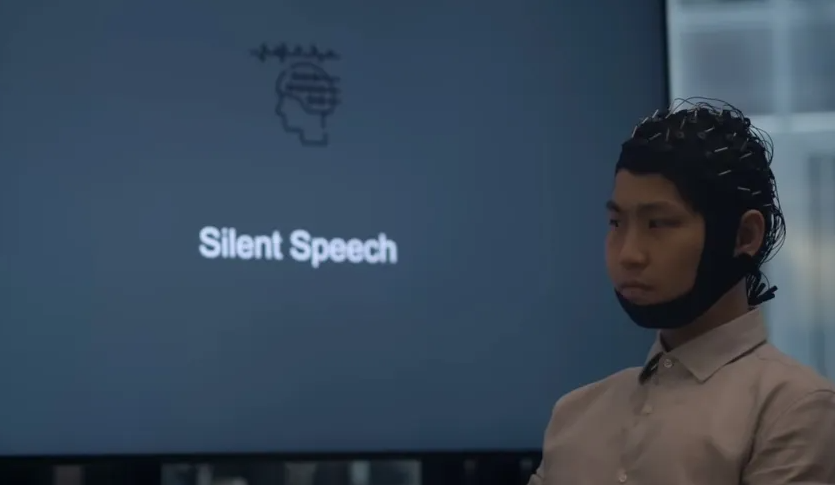
A research group has achieved a major breakthrough by developing a novel technological method that blends artificial intelligence (AI) with the electrical planning system of the brain, known as electroencephalography (EEG). This innovation allows the transformation of brain signals into written text without the necessity of implanting chips inside the human brain. Researchers at the University of Sydney in Australia have introduced an intelligent system called DeWave, trained on the brain data of over 12 individuals as they silently read words displayed on a screen.
According to the study, this new system, DeWave, could be instrumental in helping individuals affected by strokes or paralysis to communicate more freely and facilitate their control over robotic appendages, such as smart arms. The research team highlights that their innovative system achieves an impressive level of accuracy, reaching up to 40% in converting brain signals into text, surpassing the 3% accuracy rate of previous experiments based on EEG.
The researchers have set a primary objective to enhance the precision level to 90%, approaching the accuracy provided by Speech Recognition and language translation systems.
The technological advancement lies in DeWave’s independence from eye-tracking data, a requirement for previous EEG-based brain signal reading systems. Rather than relying on eye movement data, DeWave uses a massive language model (LLM), a type of AI model, to predict the word the user is reading based on its trained database and EEG readings.
The system was trained on an advanced language model to efficiently convert the user’s brain signals into words and construct coherent and understandable sentences.
The research paper emphasizes DeWave’s significant proficiency in handling actions and making informed guesses on names based on their meanings rather than their verbal composition. This is attributed to the fact that similar brain signals may be produced when contemplating words with analogous meanings.
Leave a Reply